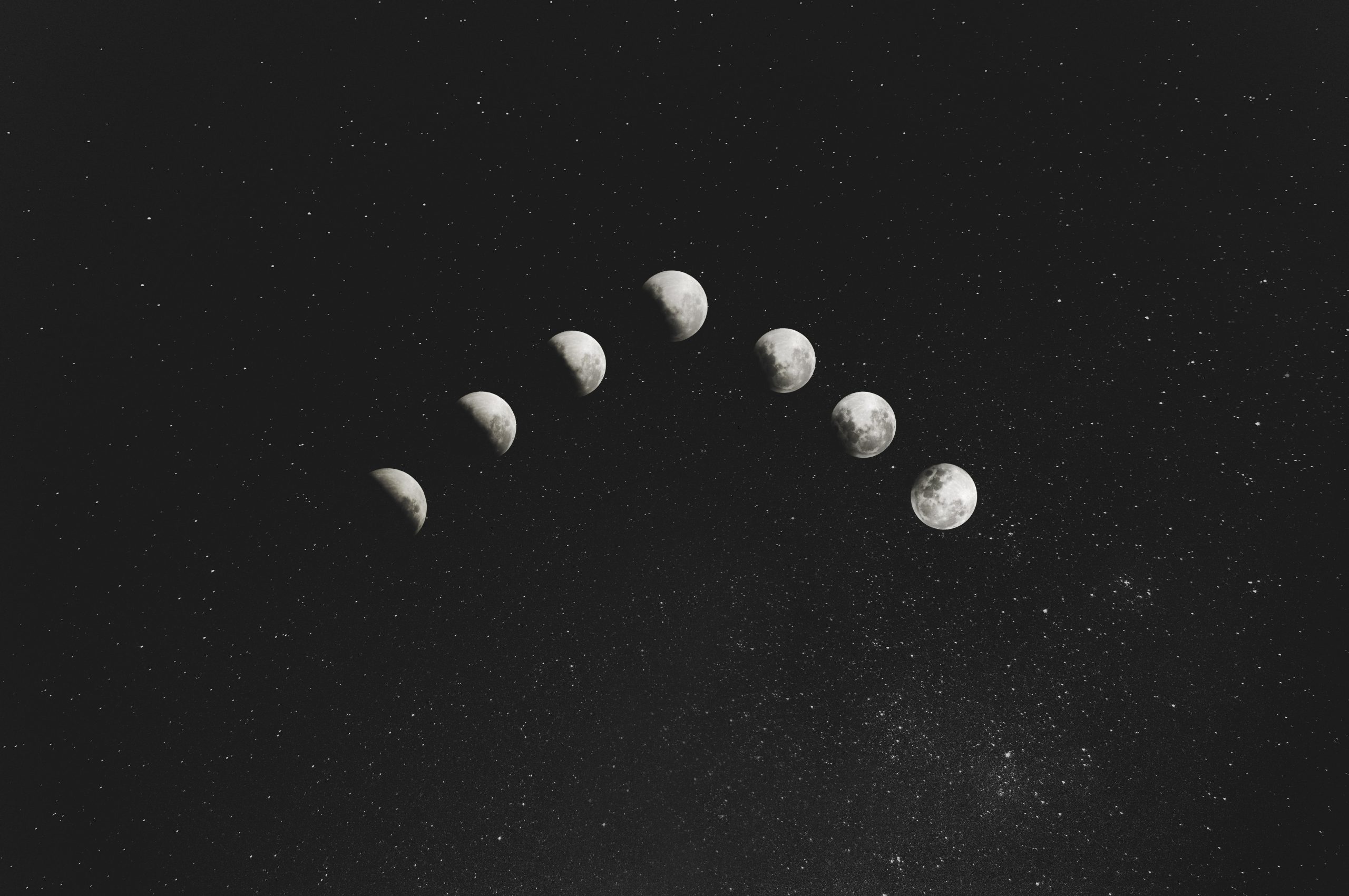Can a Solar Eclipse Happen During a Full Moon?
One of the most awe-inspiring celestial events is undoubtedly a solar eclipse. With its enchanting beauty and mysterious nature, it has captivated humans for centuries. But have you ever wondered if a solar eclipse can occur during a full moon? In this blog post, we will delve into the fascinating world of solar eclipses and explore whether this rare coincidence can truly happen.
Understanding Solar Eclipses
Before we dive into the main question, let us first grasp the phenomenon of a solar eclipse. A solar eclipse takes place when the Moon moves between the Earth and the Sun, causing the Moon to cast its shadow on Earth’s surface. This extraordinary alignment occurs only during the New Moon phase when the Moon is positioned precisely between the Earth and the Sun.
During a solar eclipse, the Moon blocks the Sun’s light, creating a dark silhouette in the sky. There are three main types of solar eclipses: total, partial, and annular. A total solar eclipse happens when the Moon entirely covers the Sun, resulting in a remarkable spectacle where the Sun’s corona becomes visible. A partial solar eclipse occurs when only a portion of the Sun is obscured by the Moon. Lastly, an annular solar eclipse takes place when the Moon is farthest from Earth, resulting in the Moon appearing slightly smaller than the Sun, leaving a “ring of fire” effect around the Moon’s perimeter.
Phases of the Moon
Now that we have a basic understanding of solar eclipses, let’s explore the different phases of the Moon. The lunar cycle offers eight distinct phases: new moon, waxing crescent, first quarter, waxing gibbous, full moon, waning gibbous, third quarter, and waning crescent. The cycle begins with the new moon, where the Moon is entirely hidden from view, and proceeds through its various phases until it returns to the new moon.
The full moon is undoubtedly the most well-known lunar phase. It occurs when the Moon is positioned directly opposite the Sun, allowing its entire face to be illuminated. During a full moon, the Moon appears as a brilliant, glowing sphere in the night sky.
The Relationship Between Solar Eclipses and the Moon’s Phases
Now that we have a thorough understanding of solar eclipses and the phases of the Moon, let’s explore their relationship. Can a solar eclipse occur during a full moon? The answer is no. A solar eclipse happens during the New Moon phase, not the Full Moon.
During a full moon, the Moon is on the opposite side of the Earth from the Sun. In this position, the Moon’s illuminated side faces the Earth while the Sun simultaneously illuminates the Moon. Since the Moon is on the opposite side of the Earth during a full moon, it is impossible for the Moon to align with the Sun to cause a solar eclipse.
To visualize this better, let’s consider the alignment required for a solar eclipse to occur. To create a solar eclipse, the Moon needs to be precisely positioned between the Earth and the Sun, casting its shadow on our planet. This alignment is only possible during the New Moon phase when the Moon is positioned precisely between the Earth and the Sun.
In contrast, during a full moon, the Moon is on the opposite side of the Earth from the Sun, hindering any alignment that would allow for a solar eclipse. Instead, during a full moon, we experience a lunar eclipse when the Earth’s shadow falls on the Moon.
Occurrence of Solar Eclipses
Solar eclipses are rare celestial events. They do not occur frequently and only take place when specific conditions align perfectly. The Moon’s orbit around the Earth is slightly tilted relative to the Earth’s orbit around the Sun. This tilt prevents a solar eclipse from occurring during a full moon because the alignment required for a solar eclipse can only happen when the Moon is positioned directly between the Earth and the Sun.
The path of totality, where a total solar eclipse occurs, is even rarer. Only certain regions on Earth get to witness the breathtaking moment when the Moon entirely obscures the Sun. For those outside the path of totality, partial solar eclipses are more common and allow for a unique viewing experience as well.
In Conclusion
While a solar eclipse is undoubtedly a mesmerizing spectacle, it cannot occur during a full moon. A solar eclipse necessitates the alignment of the Moon, Earth, and Sun during the New Moon phase when the Moon is positioned precisely between the Earth and the Sun. During a full moon, the Moon is on the opposite side of the Earth from the Sun, making a solar eclipse impossible.
Understanding celestial phenomena can deepen our appreciation and awe for the universe. Although a solar eclipse during a full moon is impossible, the individual occurrences of both events offer unique and captivating experiences for sky gazers worldwide.
Table of Contents
